This is the reference implementation of the FullGrad saliency method described in our NeurIPS 2019 publication "Full-Gradient Representation for Neural Network Visualization".
This repository implements three methods:
- The reference
FullGradsaliency method, which aggregates layerwise gradient maps multipled with the bias terms Simple FullGrad, which omits computation of bias parameters and simply aggregates layerwise gradient mapsSmooth FullGrad, which aggregates noise averaged layerwise gradient maps with the bias terms
The related
full-gradient decomposition is implemented within FullGrad. Note that while full-gradient decomposition applies to any ReLU neural network, FullGrad saliency is specific to
CNNs.
In addition, the following methods from literature are also implemented:
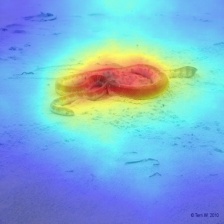 |
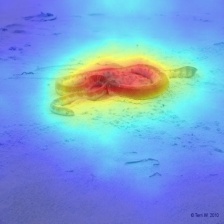 |
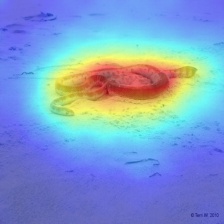 |
|---|---|---|
| FullGrad | Simple FullGrad | Smooth FullGrad |
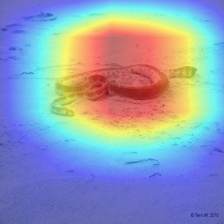 |
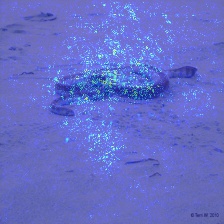 |
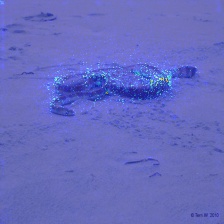 |
|---|---|---|
| Grad-CAM | Input-Gradients | SmoothGrad |
Simply run python dump_images.py, the saliency maps should be saved consequently in a results folder.
The FullGrad class has the following methods implemented.
from saliency.fullGrad import FullGrad
# Initialize FullGrad object
fullgrad = FullGrad(model)
# Check completeness property
# done automatically while initializing object
fullgrad.checkCompleteness()
# Obtain fullgradient decomposition
input_gradient, bias_gradients =
fullgrad.fullGradientDecompose(input_image, target_class)
# Obtain saliency maps
saliency_map = fullgrad.saliency(input_image, target_class)We also introduce variants called SimpleFullGrad and SmoothFullGrad
which have no completeness property or decomposition.
from saliency.simple_fullgrad import SimpleFullGrad
from saliency.smooth_fullgrad import SmoothFullGrad
# Initialize Simple / Smooth FullGrad objects
simple_fullgrad = SimpleFullGrad(model)
smooth_fullgrad = SmoothFullGrad(model)
# Obtain saliency maps
saliency_map_simple = simple_fullgrad.saliency(input_image, target_class)
saliency_map_smooth = smooth_fullgrad.saliency(input_image, target_class)This basic interface is retained for input-gradient, gradcam and smoothgrad methods as well.
torch torchvision cv2 numpy
If you found our work helpful for your research, please do consider citing us.
@inproceedings{srinivas2019fullgrad,
title={Full-Gradient Representation for Neural Network Visualization},
author={Srinivas, Suraj and Fleuret, François},
booktitle={Advances in Neural Information Processing Systems (NeurIPS)},
year={2019}
}